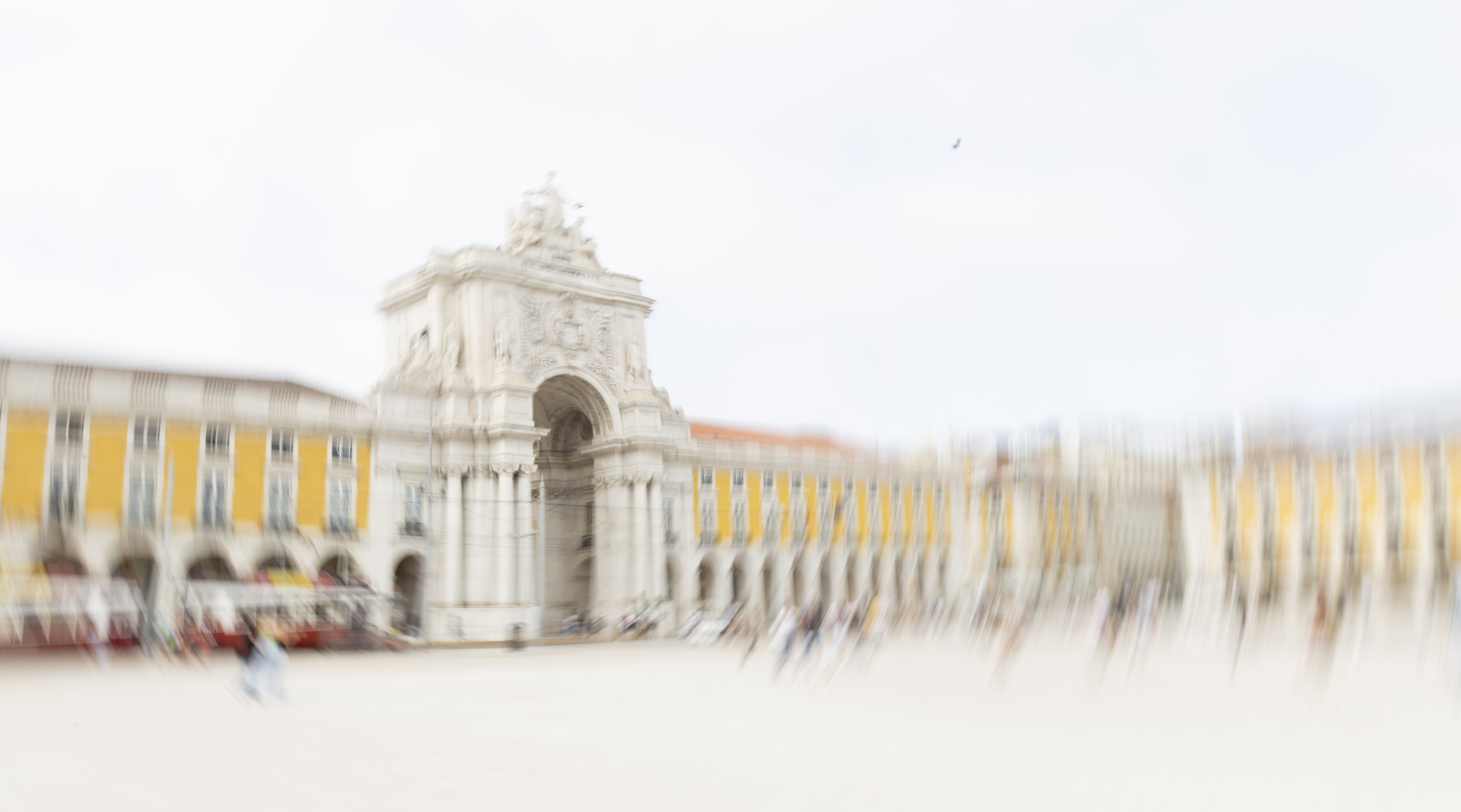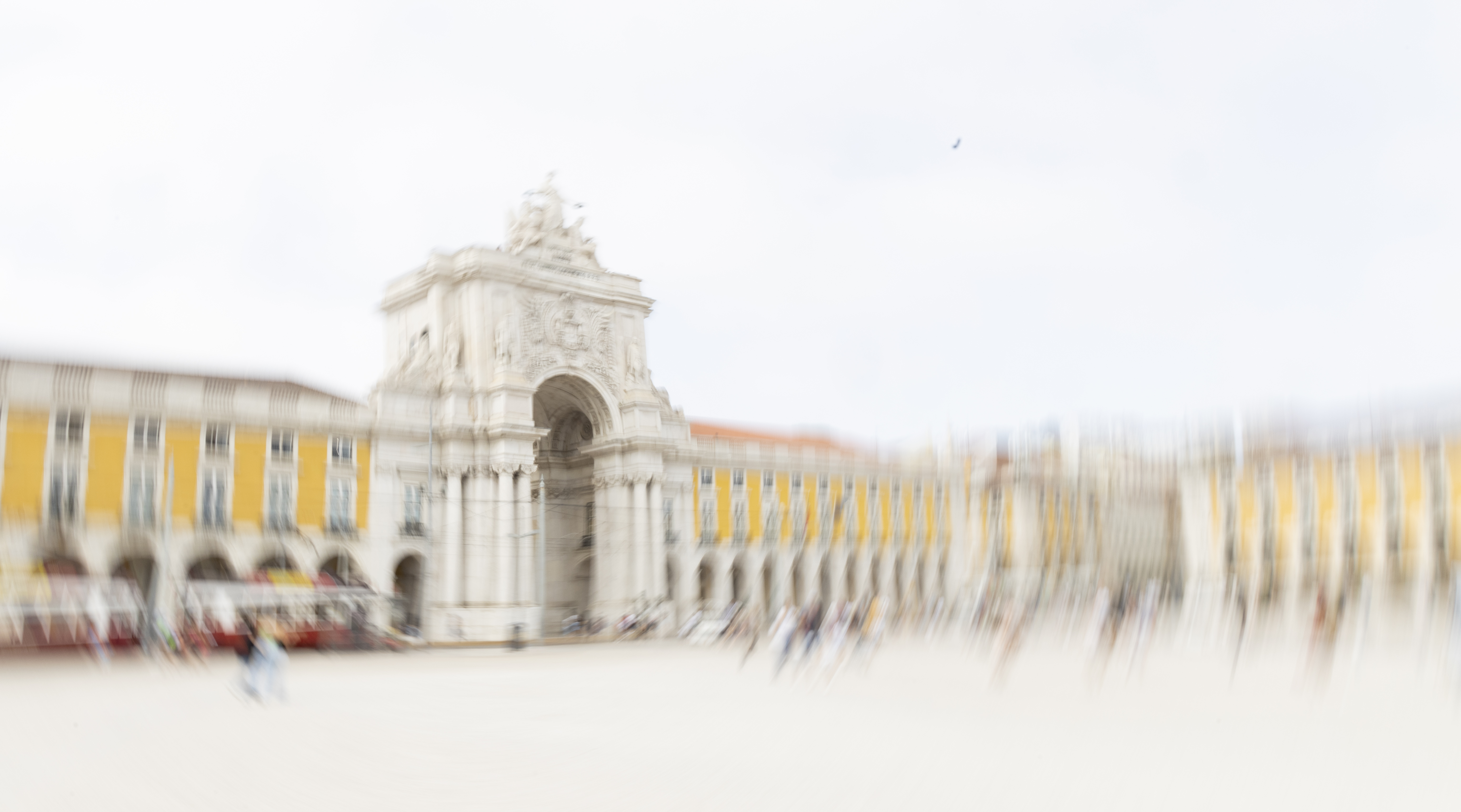A concert not to be missed with a revisitation of Brahms’ and Dvorák’s quartets
19 November [Saturday | 19:00]
Music at the University Noble Hall of the Rectory of the University of Lisbon
20th November [Sunday | 17:00]
Teatro-Cine de Torres Vedras
ENSEMBLE DARCOS
Gaël Rassaert, violin I
Joana Cipriano, viola
Filipe Quaresma, cello
Hélder Marques, piano
One of the most striking features of Brahms’ biography is his platonic love for Clara Schumann. This impossibi- lity would become the catalyst for a series of musical works, in which the composer’s genius is fully revealed. An example of this is Quartet op. 60, composed between 1856 and 1875 and premiered on November 18th of that year, with Brahms at the piano. According to Brahms himself, in a letter to the publisher Fritz Simrock, the cover of the quartet edition was supposed to be that of a young man about to commit suicide, invoking Werther, the character in Goethe’s book that succumbs to his love for his best friend’s wife. Full of dramatic contrasts and sinuous melodic motifs, the latent tension that lasts until the last measure makes Quartet op. 60 one of the composer’s greatest works. It was Fritz Simrock who insistently encouraged Antonín Dvořák to write a piano quartet. On 10 August 1889, Dvořák wrote to his friend Alois Göbl “I have three movements of a new piano quartet completed and the last one will soon be finished. Everything has been happening unexpectedly easy and melodies occur to me in cataduple. Thank God!”. The quartet, finished on August 19th, was premiered on October 17th of the same year, in Frankfurt. The I movement reveals Dvořák’s tendency for long lyrical themes, romantic in nature, although unstable, sometimes dark and tragic, sometimes light and heroic. The 2nd movement, the longest of the four, is a serene song, in contrast to the Scherzo that follows, in the manner of a ländler. The last movement is marked by an emotional exu- berance, in the contrast between a turbulent theme and a lyrical one, with no lack of evocation of the dulcimer, in the manner of a folk dance.
Programme:
J. Brahms (1833 – 1897)
Quarteto para piano e cordas nº3, em Dó menor, op. 60
I. Allegro non troppo
II. Scherzo – Allegro
III. Andante
IV. Allegro comodo
A. Dvorák (1841 – 1904)
Quarteto para piano e cordas nº2, em Mi bemol maior, op. 87
I. Allegro con fuoco
II. Lento
III. Allegro moderato
IV. Allegro ma non troppo



